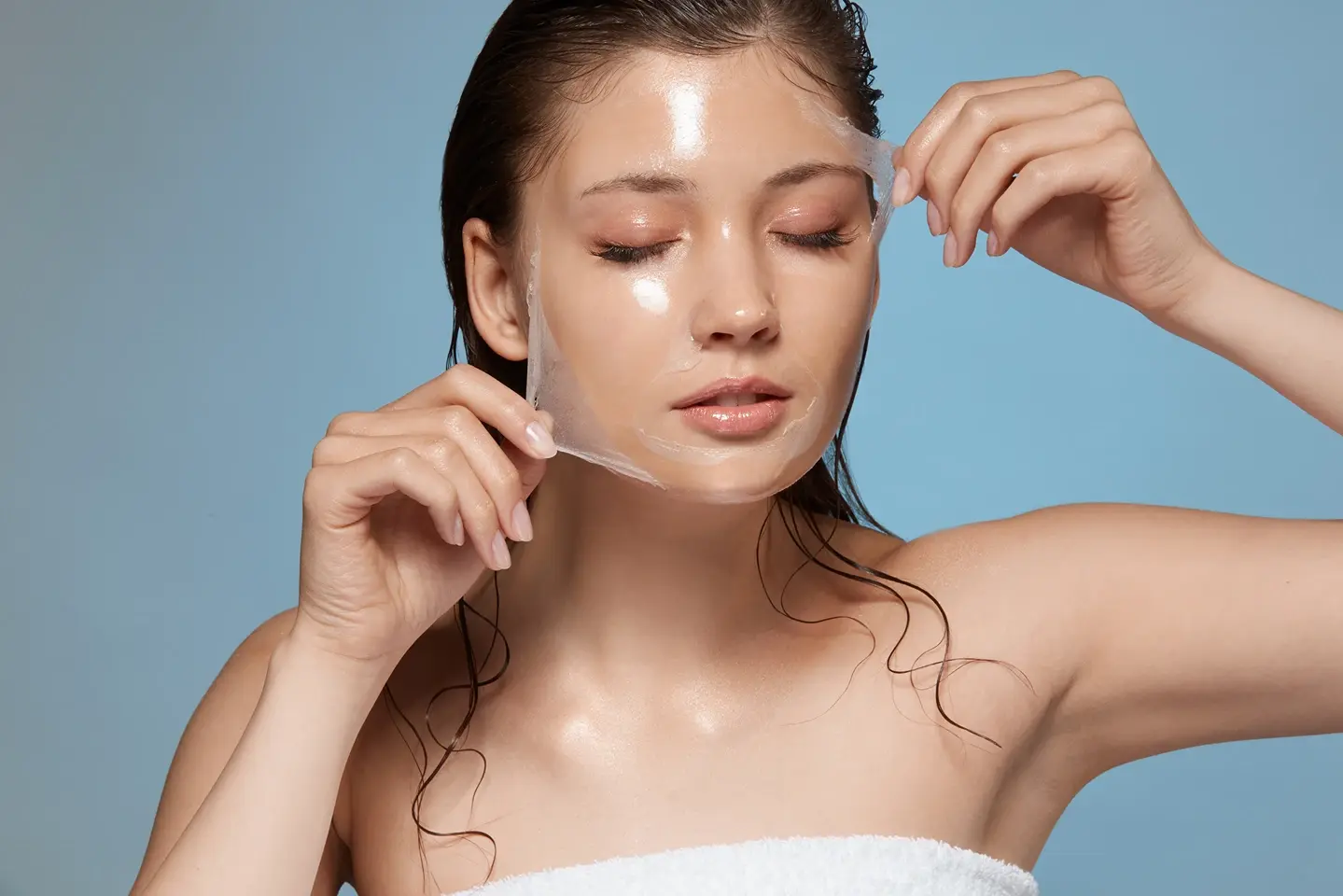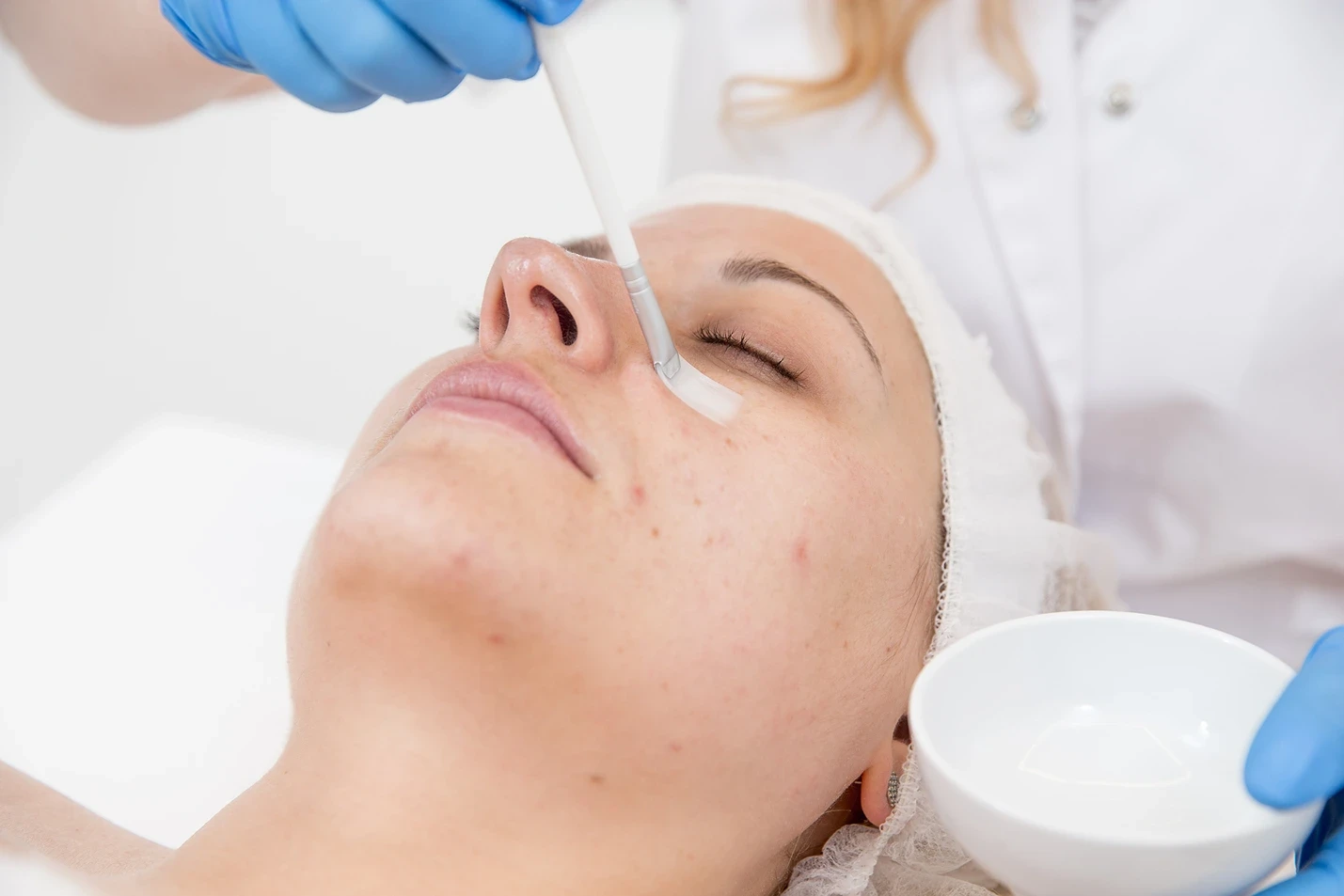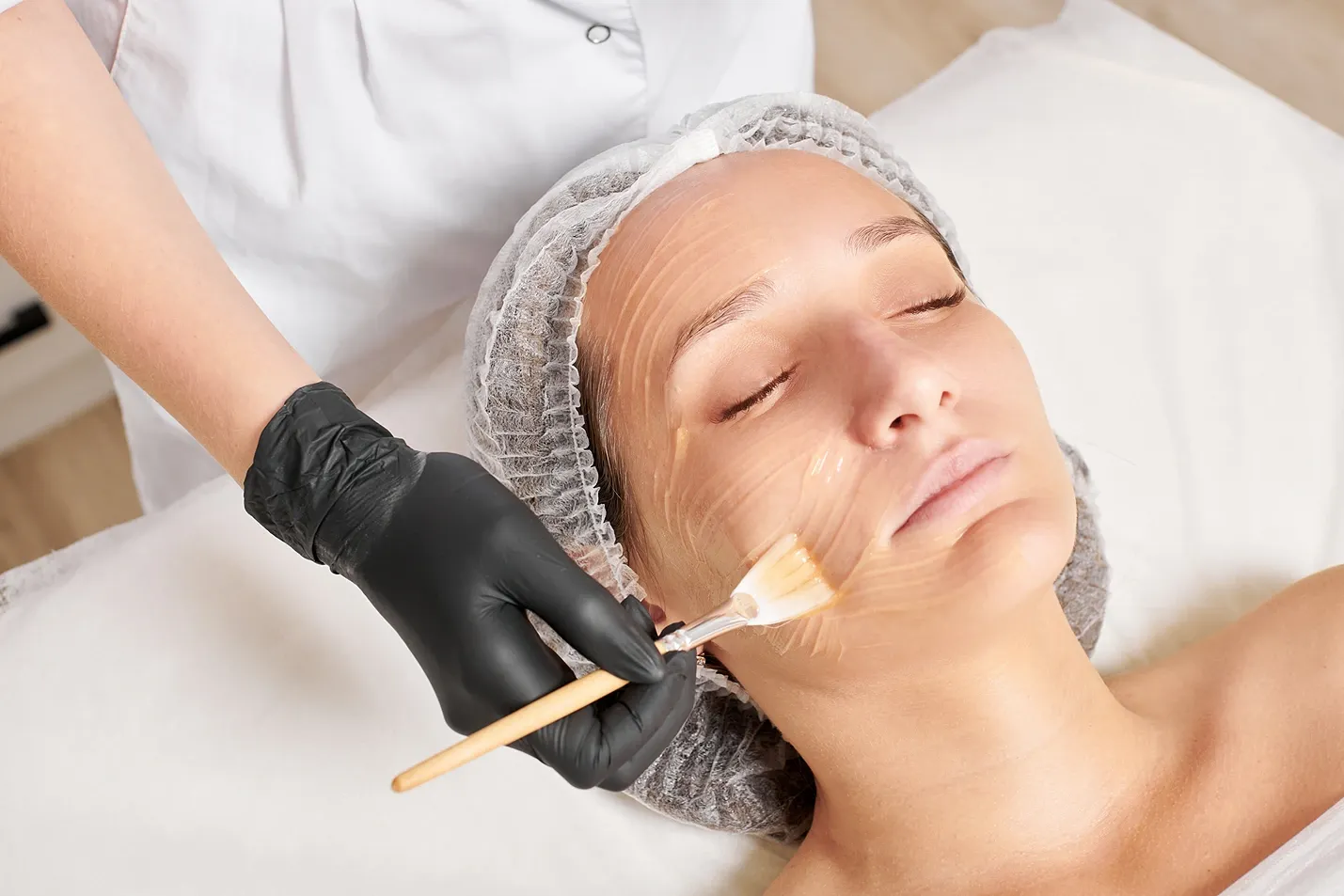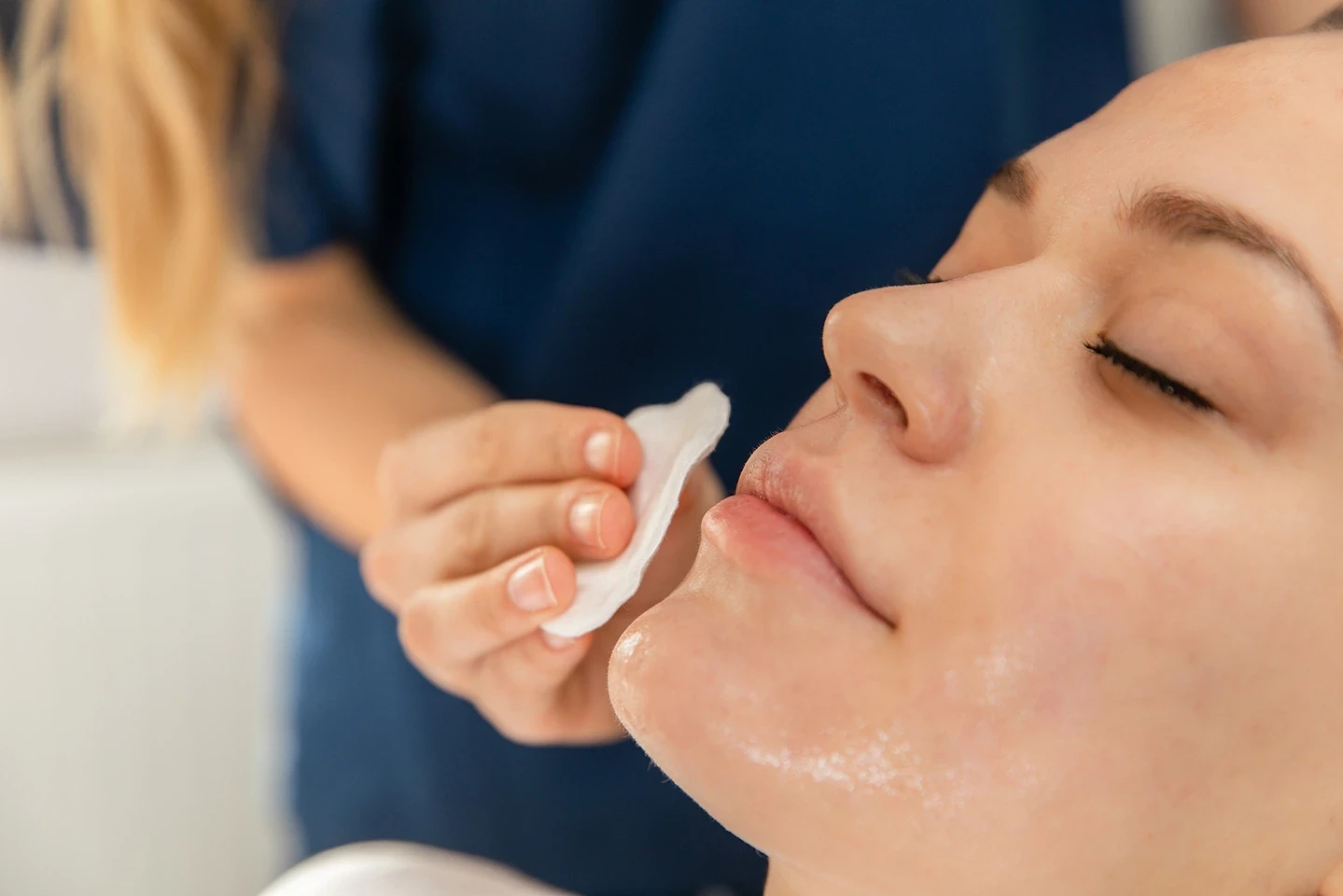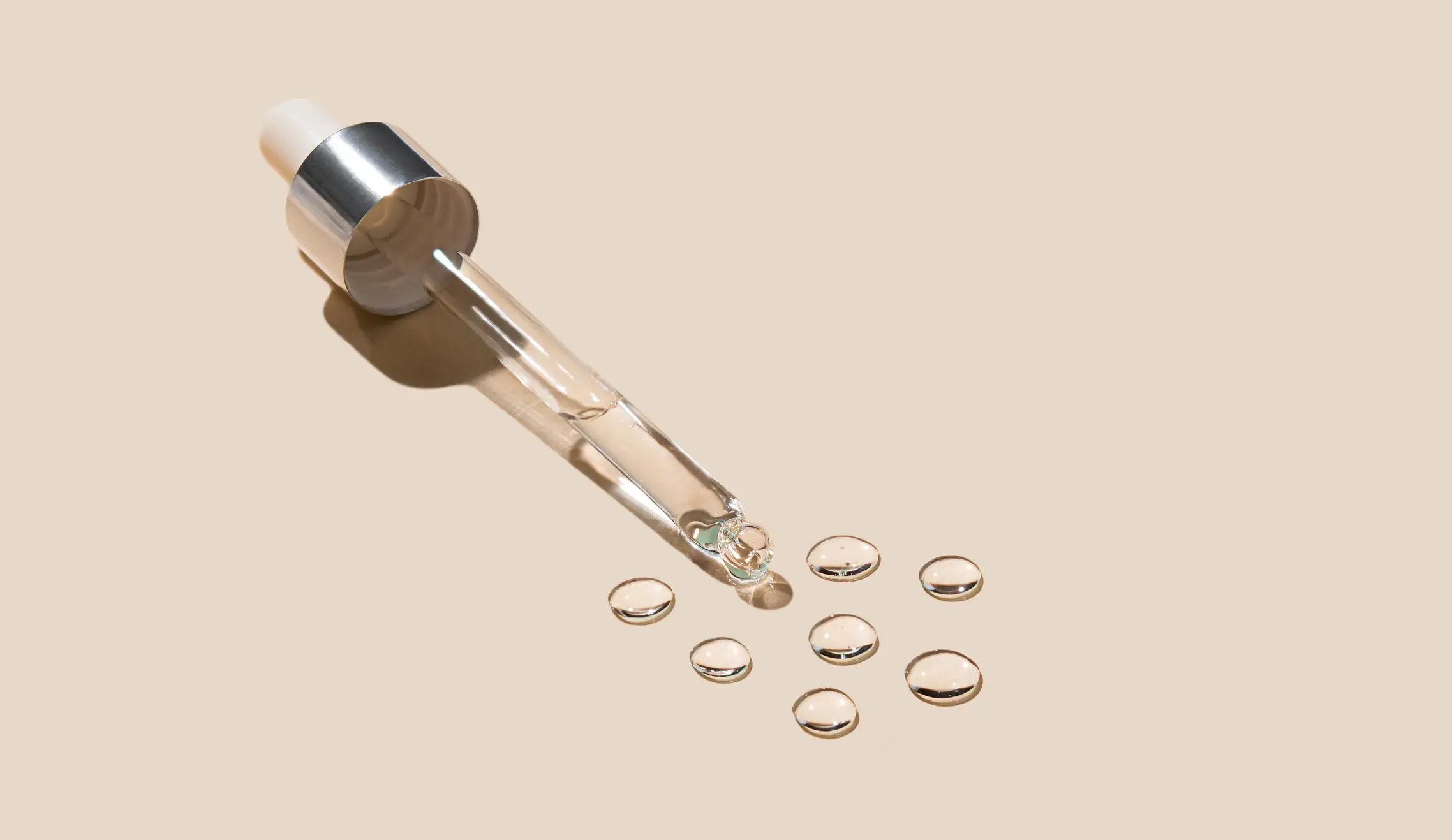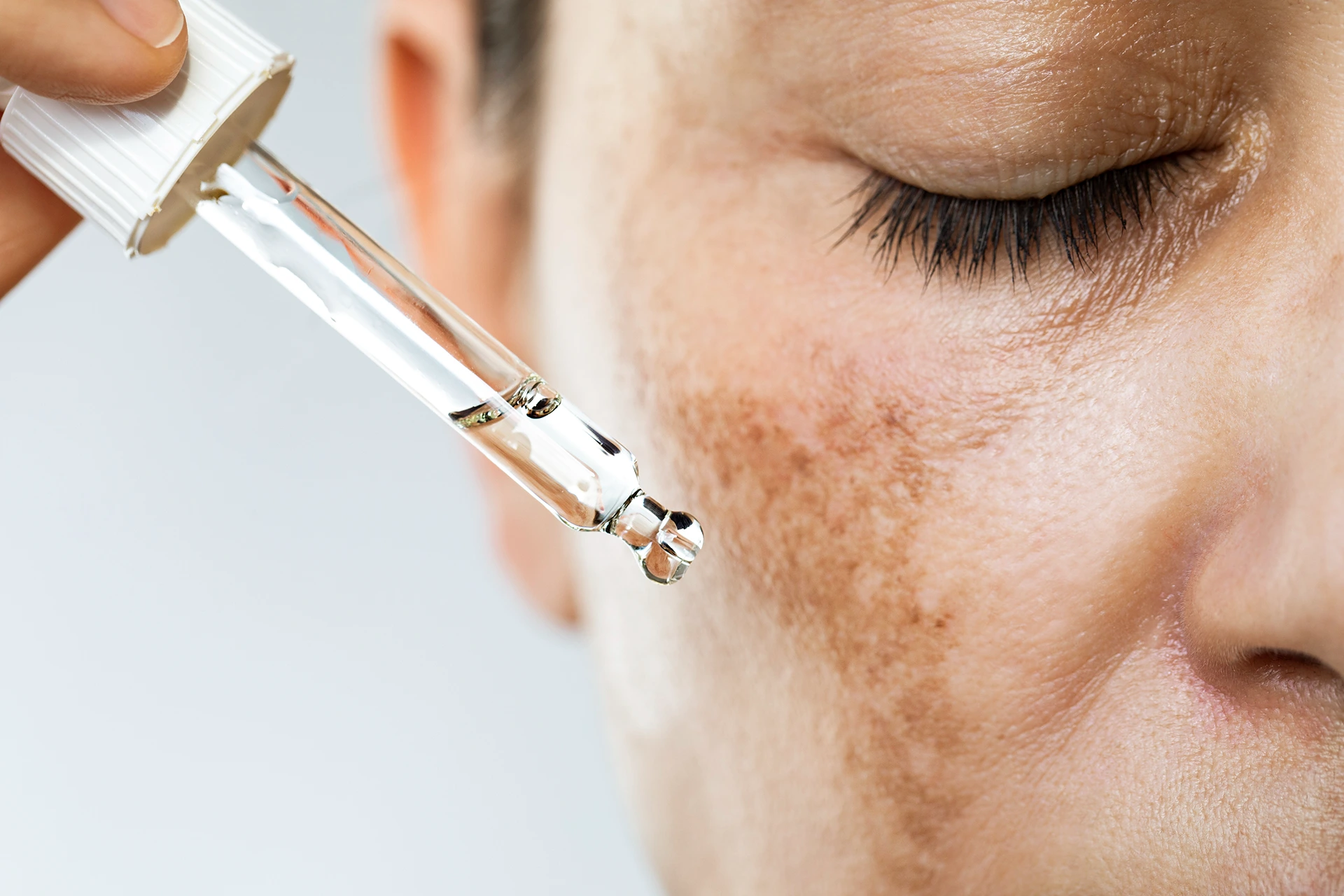Dry, Flaking Skin on Your Newborn? Don’t Panic, It’s Normal!

Newborn babies’ skin peels because they are transitioning from the moist, warm environment of the womb to the cooler, drier outside world. This causes their skin to temporarily dry out and peel as it adjusts to the new environment.
The arrival of a newborn baby brings joy along with many new experiences for parents. You gaze adoringly at your little one’s perfect face, run your fingers over those tiny hands, and count all ten toes. But then you notice your baby’s skin doesn’t look as smooth and flawless as you expected. Their skin appears dry, flaky, and even peeling in spots. Is this normal for newborns? What’s causing your precious baby’s skin to peel?
Skin peeling is actually a common phenomenon in newborns. While it may look concerning at first, rest assured that it’s usually a normal part of the transition all babies go through after birth. Read on to learn what causes peeling skin in newborns, where it occurs, how long it lasts, and how to care for your baby’s skin during this temporary phase.
Schedule a consultation with our dermatology team to discuss customized skincare options for your newborn’s peeling skin.
Is It Normal for Newborn Babies’ Skin to Peel?
Yes, it is completely normal and expected for a newborn baby’s skin to peel, especially in the first couple of weeks after birth. Here’s why skin peeling happens and why you don’t need to worry:
- Shedding the Fetal Skin Layer: Babies develop a protective waxy coating on their skin while in the womb called the vernix caseosa. After birth, they begin to shed this layer as part of the transition to life outside the womb. The peeling allows the new underlying skin to emerge.
- Adjusting to a New Environment: Your newborn’s skin was submerged in warm amniotic fluid for nine months. After birth, it must adapt to a cooler, drier environment with more air circulation. This environment shift causes temporary irritation and peeling. The peeling helps new, more resilient skin take its place.
- Hormone Changes: Hormones like estrogen and progesterone help keep fetal skin moisturized. After delivery, hormone levels drop rapidly. This can make the skin lose moisture, flake, and peel temporarily.
Let’s explore those reasons behind newborn skin peeling in more detail:
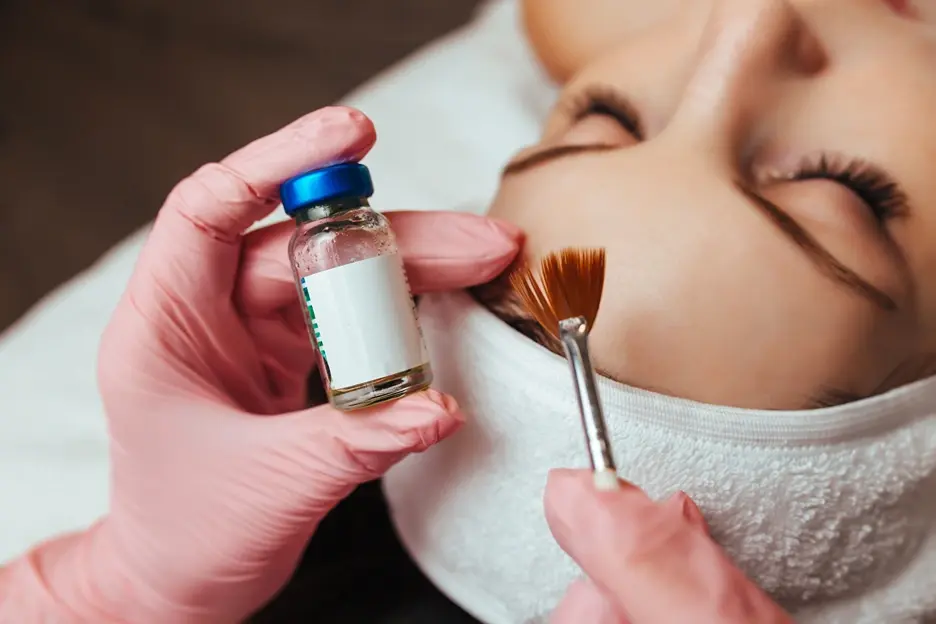
1. Shedding the Vernix Layer
The vernix caseosa is a white, waxy substance that coats and protects your baby’s skin while they are in the womb. This cheesy layer acts as a moisture barrier and has antibacterial properties to defend your baby against amniotic fluid exposure.
In the weeks before birth, the vernix thins out in preparation for shedding. After birth, your newborn begins naturally shedding the remnants of this protective vernix layer from their skin. You may notice dry, flaky patches or outright peeling during this process. It allows the new underlying skin to emerge as your baby adapts to life outside the womb.
2. Adapting to a New Environment
Your newborn is transitioning from the warm, aqueous environment of the uterus to the outside world. This shift requires their skin to adapt on multiple levels:
- Temperature: Your womb provided a cozy 98.6°F for your baby. After birth, the temperature is often cooler, especially with disrobing for cleaning and exams. This can be quite a shock to your newborn’s system!
- Moisture: Your newborn’s skin is accustomed to being surrounded by the warm, wet environs of amniotic fluid. Postnatal environments have far less moisture and humidity. The drier air circulated by heaters and air conditioning can cause temporary dryness, flaking, and peeling.
- Irritation: Your baby’s skin is likely being cleaned and touched more frequently than before birth. Things like wipes, soaps, fabrics, and handling can irritate the delicate newborn skin during the initial days after delivery. This can exacerbate peeling.
3. Hormone Changes
Hormones like estrogen and progesterone help keep a baby’s skin hydrated while in utero. In the hours after birth, these hormone levels drop rapidly in your newborn’s body. This can cause their skin to temporarily lose moisture and peel or flake off in spots. Rest assured that as your baby’s body adapts, these hormonal effects on the skin will resolve.
Where Does Newborn Skin Peeling Usually Occur?
Newborn skin peeling and flaking often appears in the following places:
| Body Area | Description |
| Hands and Feet | Your baby’s hands and feet bear the brunt of the peeling and drying because they have more layers of skin relative to the rest of the body. The thicker stratum corneum layer of skin on the palms and soles has more capacity to peel. You may notice pronounced sloughing of skin on hands and feet. |
| Face | Delicate facial skin is frequently exposed to amniotic fluid in the womb. After birth, it must adapt to drier conditions. Cheeks, chin, forehead and other areas may peel and flake temporarily. Gentle facial cleansing and moisturizing will help. |
| Torso and Arms/Legs | The trunk and limbs can also exhibit peeling and dryness as your baby adjusts. Focus extra moisture efforts wherever you notice flakes or peeling to aid the skin transition. |
| Diaper Area | Frequent diaper changes, moisture, and friction mean the diaper area is prone to peeling skin. Be sure to consistently apply barrier cream with each change to protect this fragile region. |
| Skin Folds | Areas like elbow and neck creases are vulnerable to peeling since they often remain damp. Thoroughly dry and apply moisture cream to these skin folds after bathing your baby. |
The hands, feet and face tend to exhibit the most newborn skin peeling and dryness. But pay attention to any area that seems excessively flaky or peeling. Proper skin care can provide relief.
Our dermatology team provides head-to-toe newborn skin exams to assess peeling and recommend customized treatment. Contact CosMedic LaserMD today.
How Long Does Newborn Skin Peeling Last?

The duration of skin peeling varies from newborn to newborn based on these factors:
- Gestational Age at Birth: Full-term babies (born at 37-40 weeks) tend to peel less than preemies. The skin of premature babies is thinner and even more sensitive to environmental changes.
- Vernix Thickness: Babies born with heavier vernix coverage often peel longer as the thicker protective layer sheds.
- Delivery Method: Some research indicates that cesarean-born babies peel later but for a more extended duration than vaginally-born newborns. This may relate to vernix removal practices.
- Environmental Conditions: Dry air, irritants, and excessive handling/wiping can prolong the peeling process. A temperate, soothing environment helps skin transition faster.
- Individual Skin Variability: Your baby’s natural skin dryness and sensitivity also impact their peeling timeline.
On average, expect newborn skin peeling and dryness to last around 1-2 weeks but sometimes up to 4 weeks. Premature and fussier babies may peel for longer. With proper skincare, the peeling should fully resolve by one month old without complications.
If your baby’s skin continues to peel excessively beyond the first month or any rashes/redness develop, consult your pediatrician.
How Can I Soothe My Newborn’s Peeling Skin?
While newborn skin peeling will resolve on its own, you can help comfort and ease the process with some simple soothing techniques:
- Bathe your baby using warm water without soap. Soap strips oils and worsens peeling.
- Pat dry their skin gently without rubbing. Always thoroughly dry skin folds.
- Apply fragrance-free moisturizer after baths and as needed. Focus on visibly dry or peeling areas.
- Dab breastmilk on dried-out patches for natural hydration and healing properties.
- Keep your home’s humidity around 50%. Use a cool mist humidifier in your baby’s room.
- Avoid excessive wiping. Change diapers only when soiled to minimize irritation.
- Don’t use alcohol/perfumed wipes or lotions which can burn and worsen peeling.
- Keep your baby’s nails trimmed to minimize scratching and peeling from abrasions.
- Use hypoallergenic, non-abrasive fabrics for clothes, blankets and sheets.
The main goals are keeping your baby’s skin clean, gently hydrated, and avoiding unnecessary irritation. With time and soothing care, the peeling and dryness will resolve.
When To Be Concerned About Newborn Skin Peeling
While mostly a normal process, be observant for any signs of possible skin infection or excessive dryness:
| 1 | Peeling that persists more than one month with no improvement |
| 2 | Increasing redness, swelling, oozing, or foul odor |
| 3 | Cracking, bleeding, or ulceration |
| 4 | Fussiness, discomfort, or fever |
| 5 | Jaundice or rashes |
| 6 | Affecting daily activities like feeding or sleeping |
| 7 | Dryness, scaling, or peeling beyond just hands and feet |
If you notice any worrisome skin changes along with the peeling, call your pediatrician right away to have your baby evaluated and treated appropriately. Newborn skin is extremely delicate. Don’t hesitate to speak up with concerns.
Conclusion

Seeing flakes, dryness, or peeling skin on your precious new baby can look worrisome. But rest assured that this temporary newborn skin peeling is completely normal and harmless. Shedding the waxy vernix layer and adjusting to a new climate both provoke peeling in the early weeks after birth.
Focus on gently cleansing, moisturizing, and avoiding excess handling to help your baby’s skin transition smoothly. The peeling should resolve within the first month as your newborn’s skin adapts to life outside the womb. Consult your pediatrician if any symptoms concern you.
With some soothing care, you can ensure your baby stays comfy during this natural phase. Soon their fresh new skin will be flawless, smooth and ready for all your kisses!
For skincare support, schedule an appointment with our expert dermatologists at CosMedic LaserMD today.

